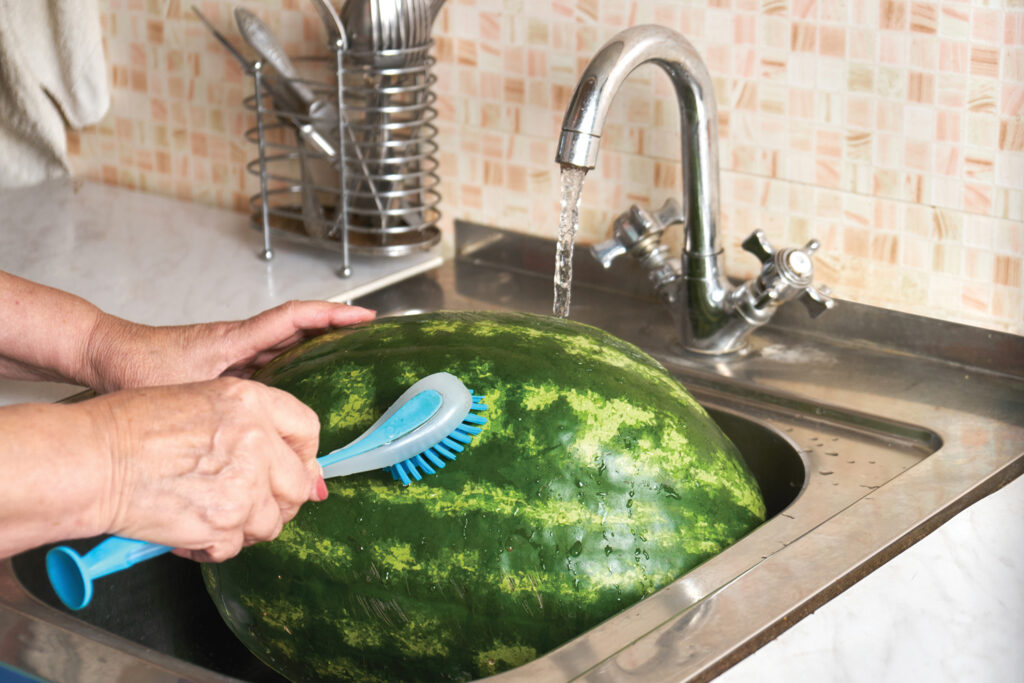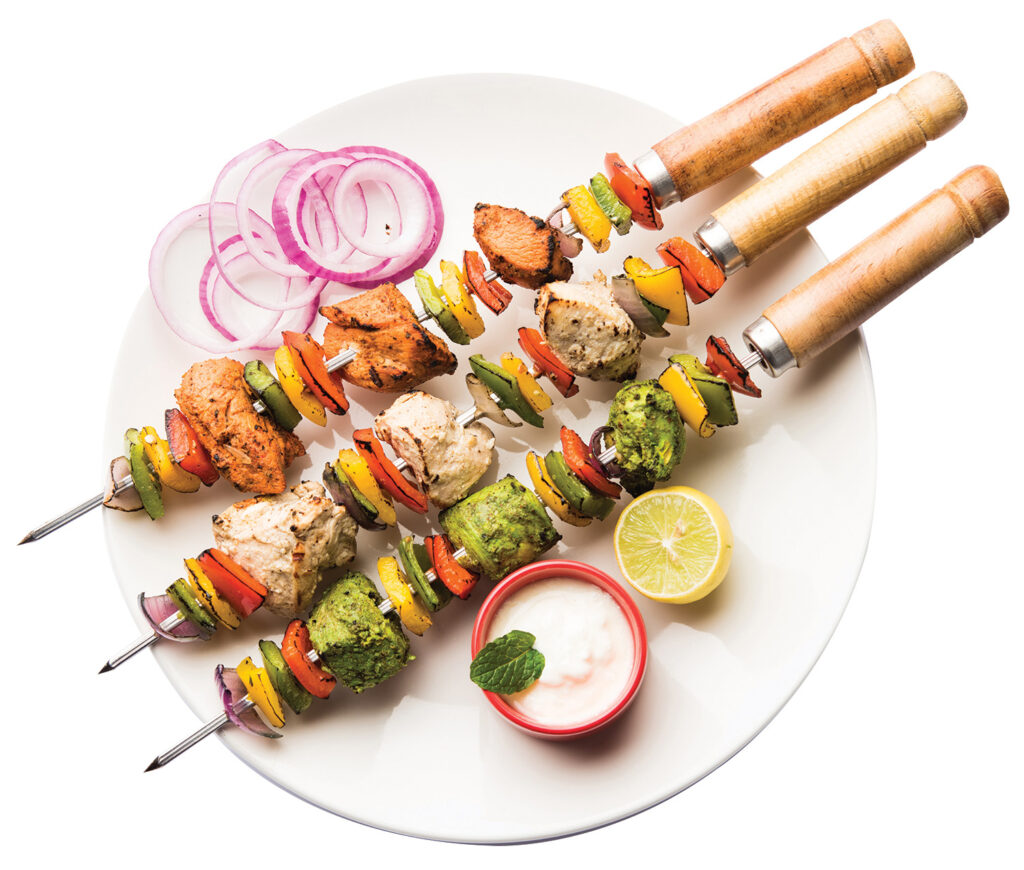Food Safety
Tips and guidelines to ensure food is safe to consume
BY Fritts Causby

An age-old debate in many households is centered on how long food can last. A visit to the parents’ house may elicit pangs of trepidation based on the length of time a dish has spent in the freezer or fridge.
These fears might be unfounded. The amount of time a dish can remain unspoiled may be surprising. Fortunately, there is no need to find out the hard way. There is a comprehensive online resource with guidelines related to the proper storage of certain foods, meats and leftovers at foodsafety.gov.
Some foods can weather the onset of time with more grace than others. Uncooked chicken and turkey can last up to a year in the freezer; hamburger meat up to four months; most fish up to eight months; and leftover pizza up to two months.
Family potlucks, church buffets, and picnics are likely to conjure fond memories. A dish piled high with various casseroles, meats, desserts and even vegetables may elicit hunger pangs if given much thought, but bigger is not always better.
If the number of guests is uncertain or the duration of the event unknown, keeping the portion sizes small is the way to go. The Food and Drug Administration website states that, in terms of serving a buffet or potluck, it is better to have small plates at the ready so that fresh food can be brought in throughout the gathering.
Cold dishes should be kept in the refrigerator until the time of the event; hot dishes should be kept in a warm oven set between 200-250 degrees Fahrenheit.
For cold foods on the buffet line, it is advisable to place the food on a platter or larger plate with ice on the bottom.
“Using reusable ice packs is helpful for keeping picnic foods and school lunches out of (the danger zone),” says Jaime Chadwick director of the Culinary Technology Program at Cape Fear Community College.
A key piece of advice is to never add fresh food to a dish that has already been sitting out, as there is a chance it may have been contaminated because of various factors. A rule of relevance in the South is that a dish shouldn’t sit on the buffet line for longer than one hour if the temperature is 90 or higher.
Power Outage Food Safety
With the arrival of warm weather and hurricane season about to spring, the rules are particularly relevant. Understanding that power outages are increasingly likely after June and July, many with experience living in the South have made clearing out the fridge and freezer a yearly ritual.
The question is, how long can refrigerated and frozen food last if the power goes off? The National Center for Disaster Preparedness advises throwing away perishable foods if the power has been out for more than four hours.
Freezers, the website says, will keep food safe for 48 hours if unopened and full, 24 hours if unopened and half full.
“Limiting the times you open the refrigerator and freezer is the best way to maintain a proper temperature for food in the event of a power outage,” says Chadwick. “One of the biggest concerns with food safety is limiting the amount of time food spends in the temperature danger zone, which is between 41 degrees Fahrenheit and 135 degrees Fahrenheit. When food is exposed to this range for longer than four hours, the potential for bacteria to grow is high.”
Having a grill handy after a power outage or a storm rolls through is certainly advisable, especially if creating fresh memories of relaxing with friends on a deck or patio sounds like a pleasant thing to do. For many Southerners, however, the memories circulating around the experience of weathering a storm are a mixed bag.
General food Safety tips

As with many things in life, a dash of common sense goes a long way. Most already know, for example, that prep areas should be kept clean, raw foods should be separated from other items in the shopping cart and refrigerator, marinades should not be reused, and fresh fruits should be rinsed before consumption.
There are many potential wrong turns, however, and even the most experienced cook can make a mistake. A few items that are easy to overlook include cleaning the lids of canned foods before opening or not placing meats on the kitchen counter to thaw.
Food poisoning impacts approximately one in six people every year, so mistakes are common. Information from foodsafety.gov shows that around 128,000 people are hospitalized because of food-borne illnesses every year.


The bottom line for leaving any perishable food out at room temperature is no more than two hours.
“Bacteria grow most rapidly in the range of temperatures between 40°F and 140°F, doubling in number in as little as 20 minutes,” the US Department of Agriculture says.
Symptoms from food poisoning can begin within 30 minutes or as late as eight hours, depending on one’s constitution.
It can take a few hours for the body to fully digest any food. Canned and cooked fruit, lean meats, and refined grains are among the quickest and easiest to digest. Nuts, fruits, beans, and whole grains are among the slowest.
Resources
USDA’s Meat and Poultry Hotline 1-888-674-6854 is staffed between 10 a.m. and 6 p.m. EST. Or by email: mphotline@usda.gov
To keep workplaces safe, food service professionals must complete courses on food safety management. One way they meet regulatory requirements is through training and certification by ServSafe, administered by the National Restaurant Association. There are scholarship opportunities. ServSafe options include instructor-led online courses as well as self-study options.



